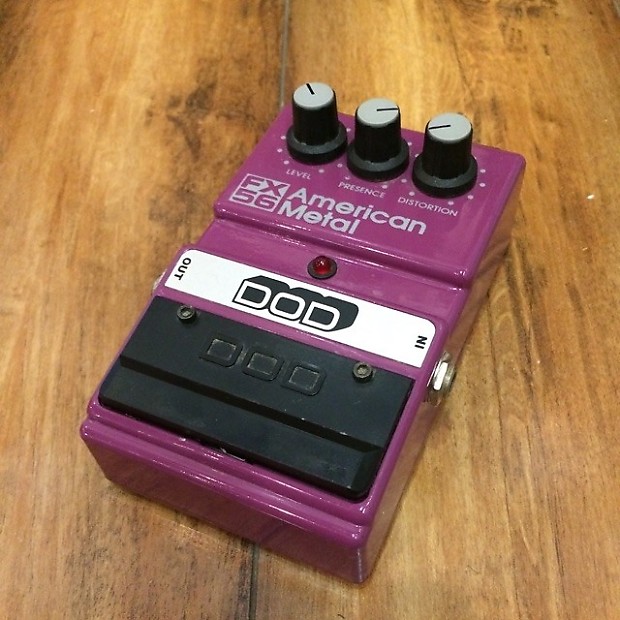I have a Shred Neck that gets heavy use when I can’t practice with my guitars…generally at work. It’s great for practicing legato and trills; I don’t use it for anything else. I only wish it came in a larger scale, but it keeps my fingers limber.
I tried a metal pick and had the same results. Just the other day i was watching the Brad Gillis Hot Licks video and apparently he used steel picks.
If and only if you are looking for a way to train yourself to use the least amount of pick possible. Which may be helpful, or might be completely counterproductive if, for example, you’re a Gypsy player or a country player, and the ridge keeps snagging every time you try to rest stroke. Which was pretty much what this was designed to do. Where this device went wrong is perpetuating the myth that all picking problems are caused by movements not being small enough, or too much pick being used. This is simply incorrect, and ignores the thousand and one actual problems that most players have.
Still, props to the designers for this because it got people thinking and asking important questions.
DR Neon Strings, they are cool for a little while and then the coating starts to chip off where the frets hit the strings and where you pick and you have all the little colored paint flakes all over your black guitar  (The only cool thing is that the colors correspond to the string colors in Rocksmith)
(The only cool thing is that the colors correspond to the string colors in Rocksmith)

Does anyone make coated strings where the coating doesn’t do this?
@nitro1976
The best thing about the Metal Zone is this
All jokes aside 90% of the problems with this pedal come from the gain getting fizzy when you turn it up all the way. If you use it to drive an already dirty tone it’s good for tightening the sound with the EQ.
@AGTG
Stylus picks are one of the best things ever for learning black metal songs, they keep the tremolo focused. Just don’t try to go and sweep or strum with them.
The tip was designed such that it yanks against a string if one goes too deep. For alternate pickers for which the “buried” in the strings problem wasn’t of foremost concern, these could be fun to mess around with. It’s not a go to training tool these days for me, but as others have mentioned, some still find it to be of use.
Yeah, this. This was my first distortion pedal, back in… 1998, maybe? And, what sold me on it vs. the four or five others I tried was the EQ - I was able to get it to do a passable imitation of a number of other pedals simply because the EQ was so damned powerful. I still think it gets a bad rap because it’s SO easy to abuse that EQ (or the stupefying amount of gain) to produce a scooped, sludgy, oversaturated mess, but I found that the gain around or just under noon, and the EQ pretty neutral aside from the midrange control being used to boost the upper mids (this is all 20-year-old recollections, so bear with me for not being more specific) actually got a passable lead sound.
I even went through a phase when I was using it as a boost, to drive the front end of a Marshall JTM30, and honestly it wasn’t half bad for that. The gain basically off would leave you just a little bit of light grit, and then you could EQ as needed. Someone told me after I’d been doing this for a while that Jerry Garcia used to do this too, but I have no clue if there’s any truth to that.
I kid you not, I was running an old Ampeg V4 halfstack back in the day and it was so clean, fat, and tubey it made this pedal sound like a freight train. Totally useable… Seriously. The EQ of the Ampeg made it sound good. The pedal was pretty much useless in front of other amps, though. Tinny and fakey…
For me, the gimmick was an article I read about developing speed using “small” movements. I can’t tell you how many hours I spent trying to minimize my pick and finger movements


